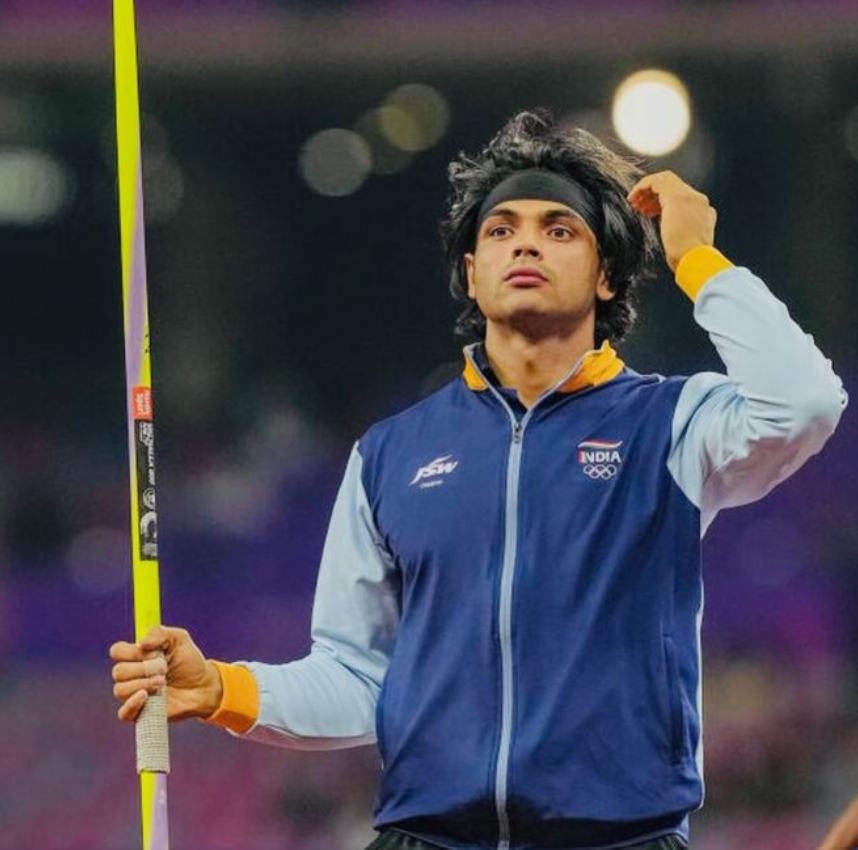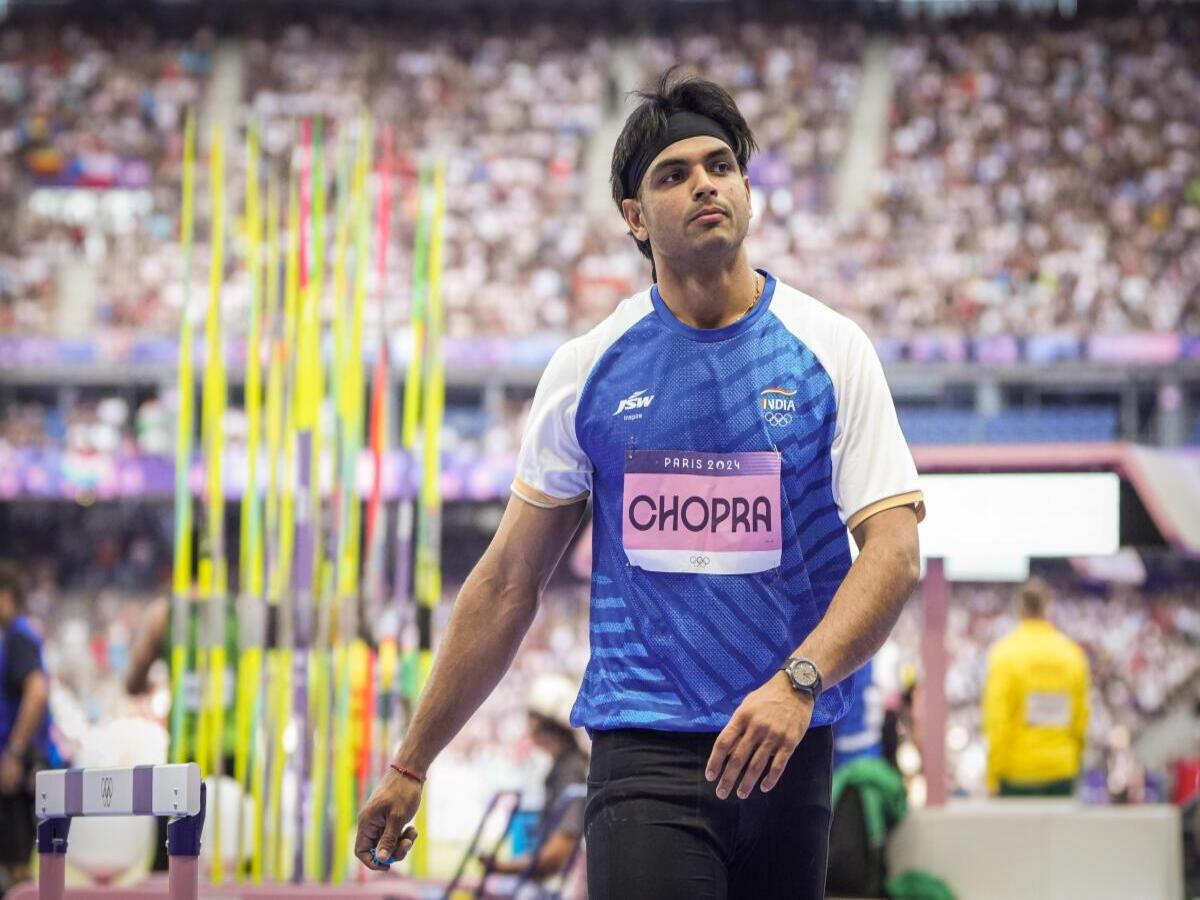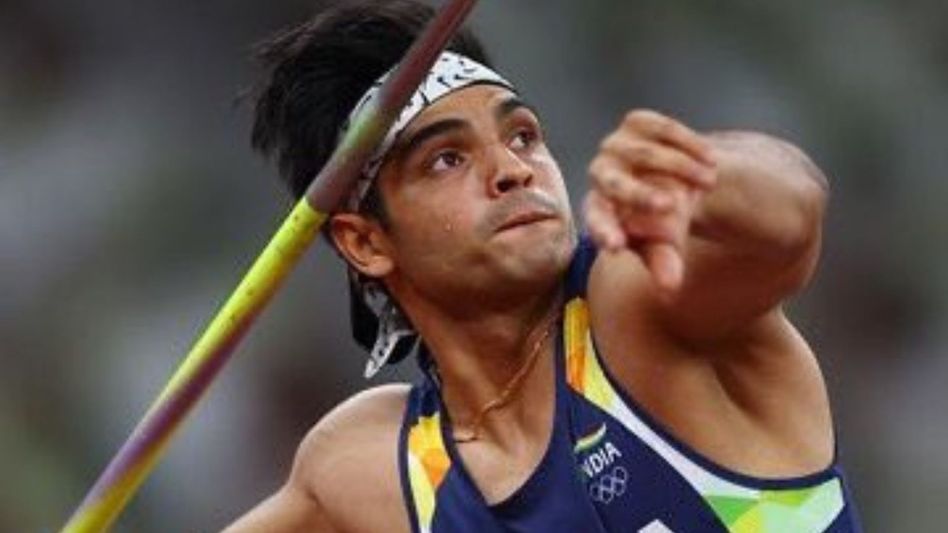The Mechanics of Javelin Throw

The javelin throw is a demanding athletic event that requires a combination of strength, speed, and technical proficiency. It is a dynamic sport where the athlete must translate their power into a projectile’s flight, achieving maximum distance. This involves a series of coordinated movements that need to be executed in a specific sequence for optimal performance.
Grip
The grip is the foundation of the javelin throw, as it dictates the athlete’s control and leverage over the implement. The athlete grasps the javelin with their dominant hand near the javelin’s center of gravity, ensuring a balanced grip. The non-dominant hand provides support, stabilizing the javelin and ensuring proper alignment.
The ideal grip is a three-finger grip, where the index, middle, and ring fingers are wrapped around the javelin, while the thumb and pinky finger provide support.
This grip allows for maximum control and power transfer during the throw.
Run-Up
The run-up is the critical phase where the athlete builds momentum and sets the stage for the throw. The run-up is a controlled sprint, typically covering a distance of 30-40 meters. It involves a gradual acceleration, culminating in a powerful final stride that initiates the throw.
The key to a successful run-up is maintaining balance and rhythm. The athlete must coordinate their body movements, ensuring smooth transitions between strides.
The run-up should be executed with a focus on maintaining a stable center of gravity, allowing for a powerful and controlled transfer of energy into the throw.
Plant
The plant is the moment where the athlete transfers their momentum from the run-up to the throw. This involves planting the non-dominant foot, initiating the throw, and setting the foundation for the final release. The plant should be a powerful and decisive movement, providing a solid base for the throw.
The athlete should plant their foot firmly, ensuring a strong base of support. This allows for a powerful transfer of energy from the legs to the upper body.
The plant should be timed perfectly with the javelin’s release, maximizing the transfer of momentum and ensuring a smooth transition into the throw.
Throw
The throw is the culmination of the javelin throw, where the athlete releases the javelin with maximum velocity and accuracy. This phase involves a series of coordinated movements, including the backswing, forward swing, and release.
The throw should be a smooth and powerful movement, maximizing the javelin’s velocity. The athlete should focus on maintaining a stable core and using their entire body to generate power.
The throw should be timed perfectly with the plant, ensuring a smooth and efficient transfer of energy. The athlete should aim to release the javelin at a 45-degree angle, maximizing its flight distance.
Follow-Through
The follow-through is the final phase of the javelin throw, where the athlete maintains their balance and stability after releasing the javelin. It involves a controlled movement that ensures a smooth and stable finish.
The follow-through should be a natural continuation of the throw, maintaining the athlete’s balance and stability.
The athlete should focus on maintaining a stable core and ensuring a controlled finish, minimizing the risk of injury.
Equipment and Regulation: Javelin Throw

The javelin throw, a thrilling display of power and precision, demands adherence to specific equipment standards and a set of regulations to ensure fairness and safety in competition. Understanding these rules is essential for both participants and spectators alike.
Javelin Specifications
The javelin, the projectile used in this event, must meet specific standards Artikeld by the governing body. These standards dictate the javelin’s dimensions, weight, and material composition, ensuring a consistent experience across competitions.
- Length: The javelin must be between 2.60 meters and 2.70 meters long.
- Weight: The men’s javelin must weigh between 800 grams and 800 grams, while the women’s javelin must weigh between 600 grams and 600 grams.
- Material: Javelins are typically made of wood, fiberglass, or a combination of both. The material composition affects the javelin’s balance, flexibility, and aerodynamic properties.
- Center of Gravity: The center of gravity of the javelin must be located within a specific range to ensure proper flight characteristics.
Javelin Throw Regulations
Competitions are conducted according to strict regulations that govern the thrower’s technique, the scoring system, and the penalties for violations. These rules ensure a fair and safe competition environment.
Throwing Technique
- Grip: The thrower must grip the javelin behind the center of gravity, with their hand positioned on the grip area. This grip ensures proper balance and control during the throw.
- Run-up: The thrower must have a designated run-up area, typically 30 meters long, where they build momentum before the throw. This run-up is crucial for generating the necessary force to launch the javelin.
- Release: The javelin must be released with a smooth and controlled motion, ensuring it travels in a straight line. The thrower must release the javelin before crossing the foul line.
Scoring System
The scoring system is based on the distance the javelin travels from the point of release to where it lands. The thrower with the furthest throw wins the competition.
The distance is measured from the point of release to the point where the javelin first touches the ground.
Foul Penalties
Various penalties are imposed for violations of the rules, which can result in a throw being declared invalid or disqualifying the athlete.
- Foul Line Violation: If the thrower steps over the foul line before releasing the javelin, the throw is declared invalid.
- Incorrect Grip: If the thrower does not grip the javelin within the designated grip area, the throw is declared invalid.
- Dangerous Throw: If the javelin lands in a dangerous area, such as the crowd or the officials’ area, the throw is declared invalid and may result in a penalty for the thrower.
Javelin Types, Javelin throw
Different types of javelins are used for various age groups and competitions, catering to the physical capabilities and safety considerations of the participants.
- Junior Javelins: These javelins are lighter and shorter than the standard javelins, designed for younger athletes to reduce the risk of injury. They are typically used for competitions in age groups below the senior level.
- Senior Javelins: These javelins are the standard javelins used in senior-level competitions, adhering to the specifications Artikeld earlier.
History and Evolution

The javelin throw, a captivating display of strength, precision, and athleticism, has a rich history spanning centuries. Its origins can be traced back to ancient times, evolving from a practical tool to a competitive sport. This journey reflects the changing societal values, technological advancements, and the enduring human desire to test physical limits.
Early Origins and Hunting Implement
The javelin, in its rudimentary form, was initially a tool for hunting and warfare. Archaeological evidence suggests that early humans used spears and javelins for hunting and defense. These early javelins were often crafted from wood, bone, or stone, with rudimentary tips for piercing or striking targets. In ancient civilizations like Egypt, Greece, and Rome, javelins were integral to military strategies and were depicted in various forms of art, including sculptures and paintings.
Ancient Games and Rituals
The use of javelins extended beyond hunting and warfare. In ancient Greece, javelin throwing was included in the Panathenaic Games, a festival held in honor of Athena. This event, which predates the Olympic Games, showcased the athletic prowess of the participants. In ancient Rome, javelin throwing was incorporated into gladiatorial contests, providing entertainment for the masses. These early forms of javelin throwing often involved different rules and techniques than those seen in modern competitions.
Modernization and Development
The modern javelin throw, as we know it today, emerged in the late 19th and early 20th centuries. The sport was introduced into the Olympic Games in 1906, with initial rules and regulations being established. The early javelin throws involved a spear-like implement with a wooden shaft and a metal tip. Over time, the design and materials used in javelin construction evolved, leading to significant improvements in performance and safety.
Evolution of Techniques and Equipment
The development of modern javelin techniques was driven by a combination of experimentation, scientific analysis, and athletic innovation. Early techniques focused on a straight-arm throw, with the javelin held parallel to the ground. However, over time, athletes began experimenting with different grips and throwing styles, leading to the development of the modern “overhand” technique. This technique involves a powerful rotation of the body, with the javelin held at a specific angle for optimal distance.
The javelin throw is a thrilling event, demanding both strength and precision. The athletes’ dedication and training are evident in the way they launch the javelin, their bodies forming a perfect arc in the air. This focus and dedication mirrors the real-life relationship of musicians and actors, like dominic fike and hunter schafer , who have both found success in their respective fields.
Just like the javelin soars through the air, their careers have reached great heights, showcasing the power of commitment and talent.
The javelin throw, a demanding athletic discipline, requires precision and power. Athletes must master the technique of holding, launching, and controlling the javelin’s trajectory to achieve optimal distance. While the sport demands focus and physical prowess, it’s fascinating to note how the dominic fike cheat controversy has sparked discussion about integrity and fair play in athletics, a topic that resonates across diverse sports.
The javelin throw, like any sport, thrives on the pursuit of excellence, where the athlete’s dedication and skill are paramount.
